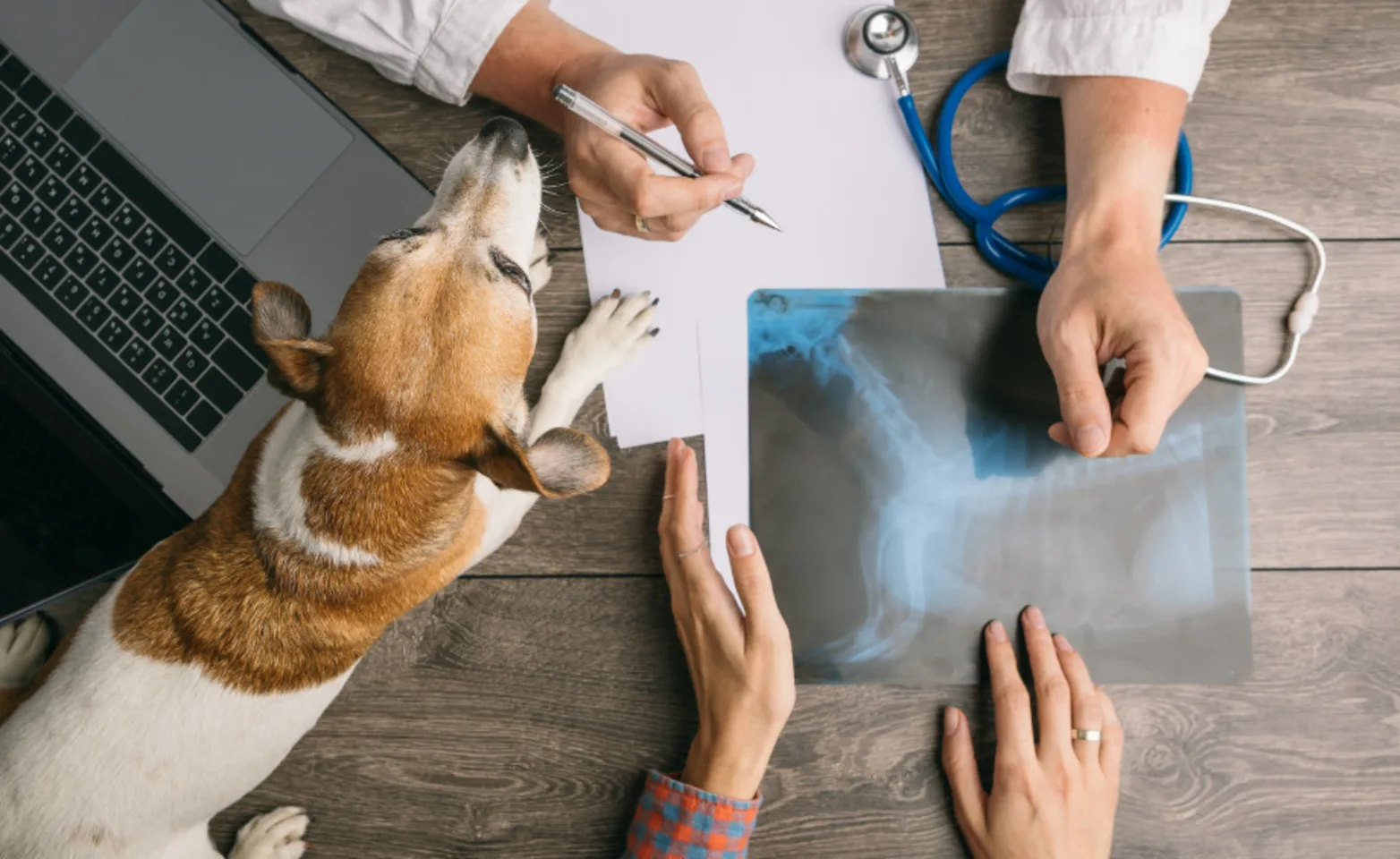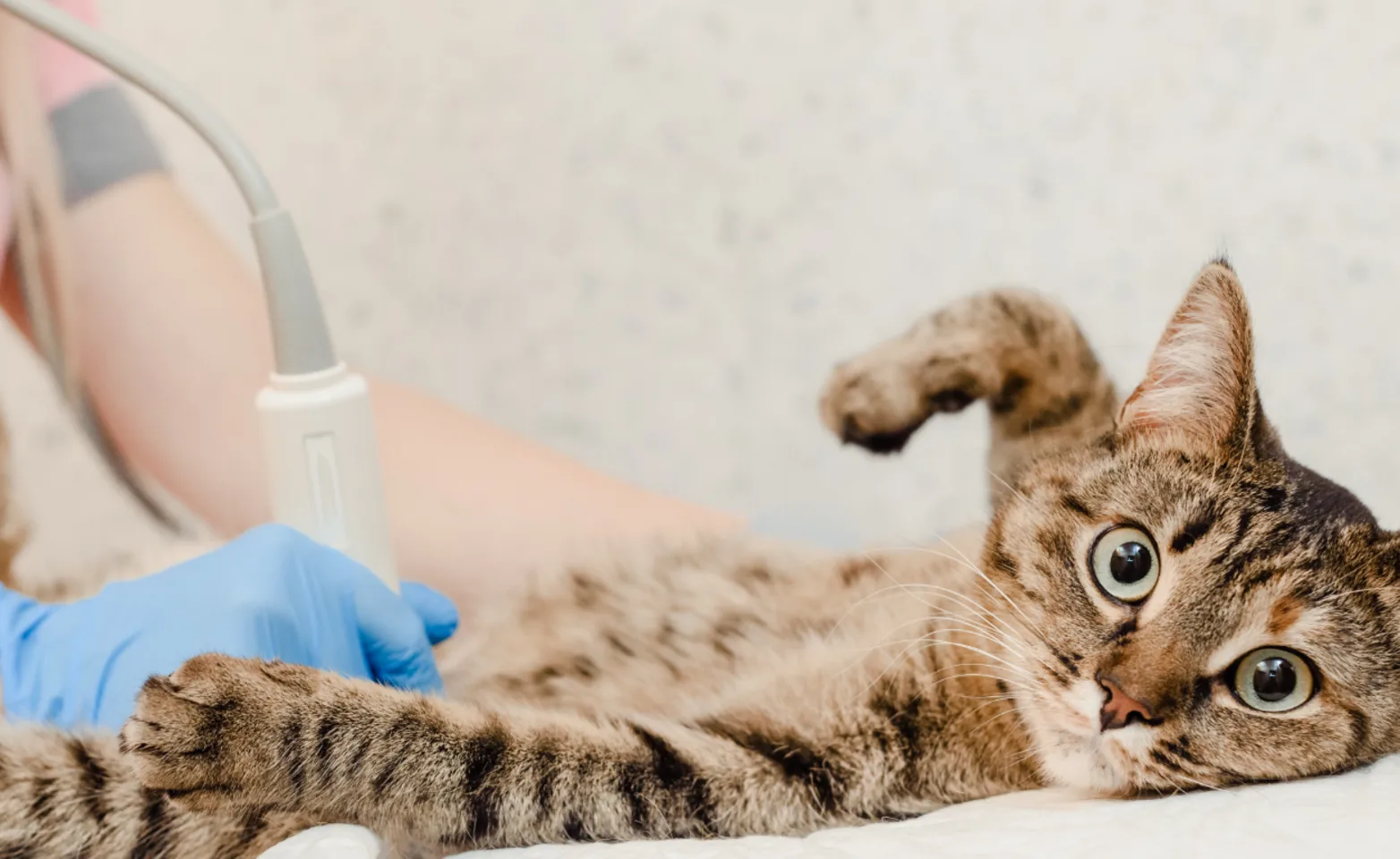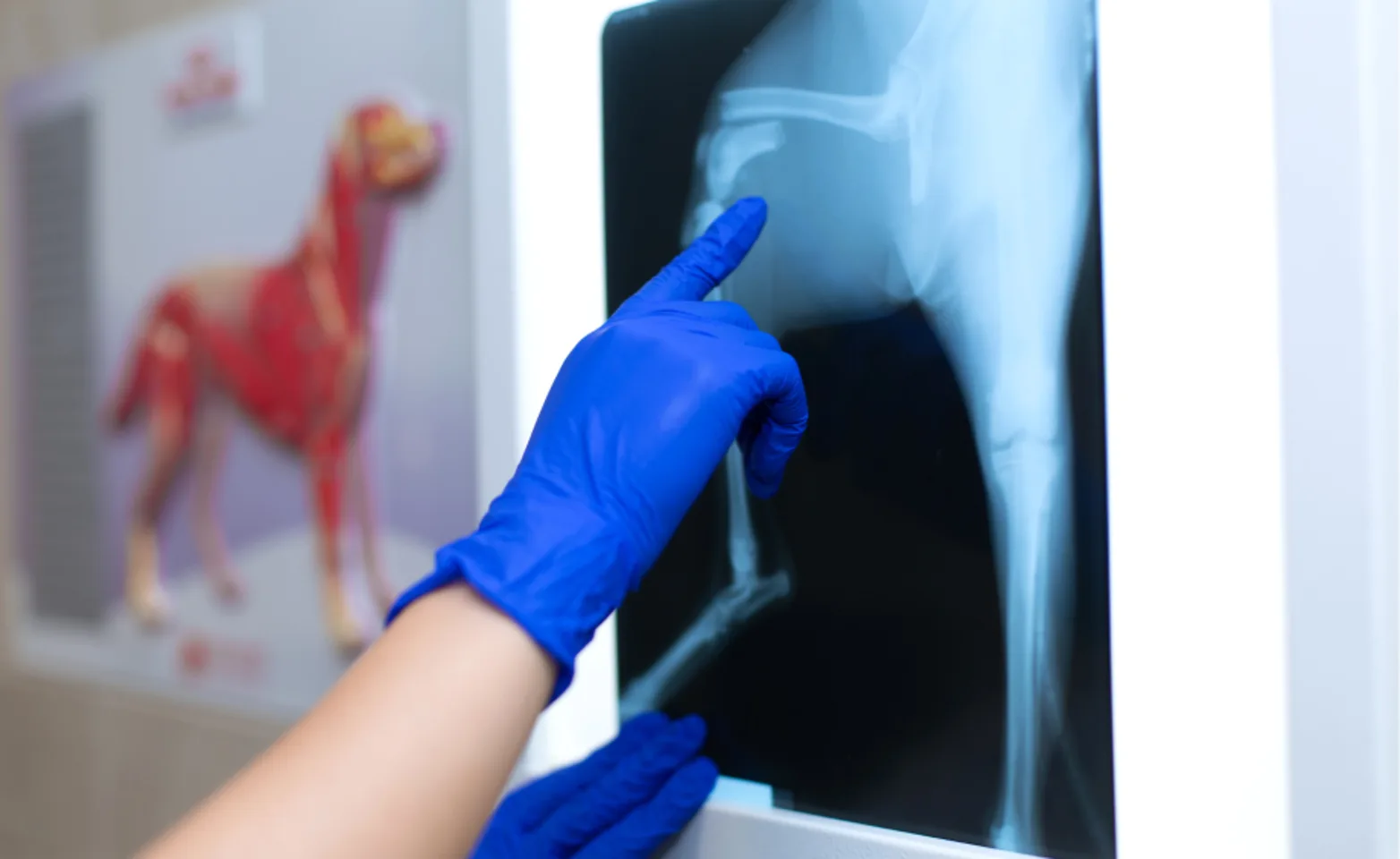Virginia Veterinary Centers

Diagnostic Imaging

Computed Tomography (CT)
CT is an invaluable diagnostic tool in veterinary medicine, that provides a cross-sectional view of the patient, allowing us to better evaluate areas of intricate anatomy, such as the head. CT helps our doctors evaluate the severity and extent of lesions discovered during clinical exams or with other preliminary imaging methods.
CT also plays an important role in pre-surgical planning and in quickly assessing certain trauma patients. If your pet should need radiation therapy, CT provides us with images that guide us to the best possible outcomes.
A selection of study types:
Brain
Nasal cavity and paranasal sinuses
Mass evaluation
Temporal region ears, tympanic bulla, TMJ
Dental exam
Trauma

Ultrasound
High-frequency sound ultrasound allows us to look inside your pet’s body, without the use of ionizing radiation. The resulting ultrasound images are captured in real-time, showing the structure and movement of the body’s internal organs, and even their blood flow utilizing Doppler imaging. Ultrasound imaging can be performed with minimal restraint or sedation and is invaluable in diagnosing many conditions. Ultrasound can also be used to guide procedures, such as tissue or fluid sampling with pinpoint accuracy.

Digital X-Ray
X-rays or radiographs are often the first imaging studies we utilize for our patients. They are especially useful to aid in the diagnosis of thoracic or abdominal disease, as well as to evaluate the musculoskeletal system after trauma or for other causes of lameness. Radiographic contrast studies can also be performed with x-rays to evaluate the gastrointestinal or urogenital tract in more detail.
During an outpatient ultrasound, the Internist will perform the ultrasound and provide a written report to the referring clinic. The referring clinic will relay the result to the owner and make appropriate recommendations. The internist will have no direct communication with pet owners.
Outpatient ultrasound appointments will be drop-off appointments for the client/patient. The patient is to be dropped off at 8:30 am. Once the procedure is complete, medical staff will contact the owner to notify ready for pick up. There will be no specified time frame in which the procedure will be performed. Most patients will be discharged in the afternoon.
No food after midnight.
The referring clinic will need to call and schedule the appointment with the IMED coordinator and confirm that they are requesting outpatient ultrasound without a full consult.
Sedation may be needed to facilitate restraint, this will need to be approved by the referring clinic. If there are known contraindications to sedation, they must be listed on the referral form.
The referring clinic must indicate if they are also requesting needle aspirates if they are indicated at the time of the ultrasound. A recent (within 2 weeks) CBC must also have been performed or must be performed on the day of the procedure to ensure adequate platelet and red blood cell levels. We can submit cytology onsite with our digital cytology analyzer. The results of cytological testing will be sent to the referring clinic which will relay the results and appropriate recommendations to the owners.
If a full consultation with internal medicine or another service is deemed necessary, this can be scheduled through our referral coordinators.
